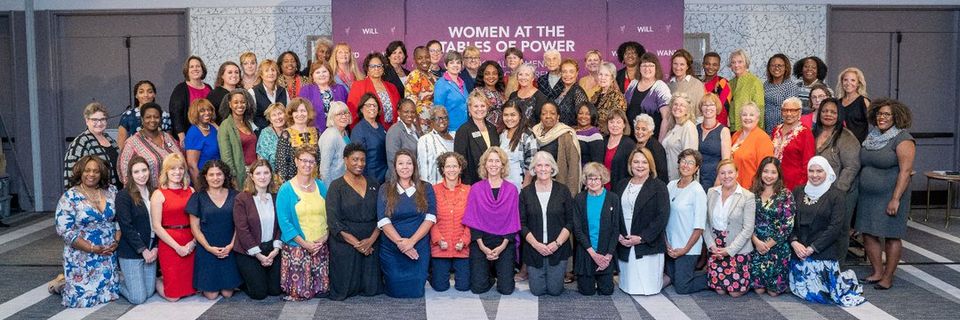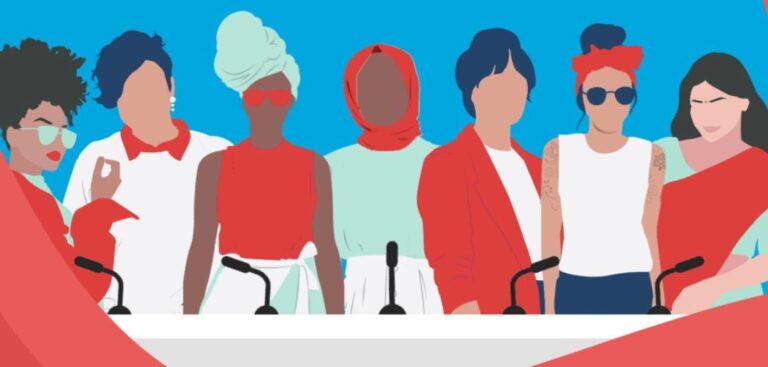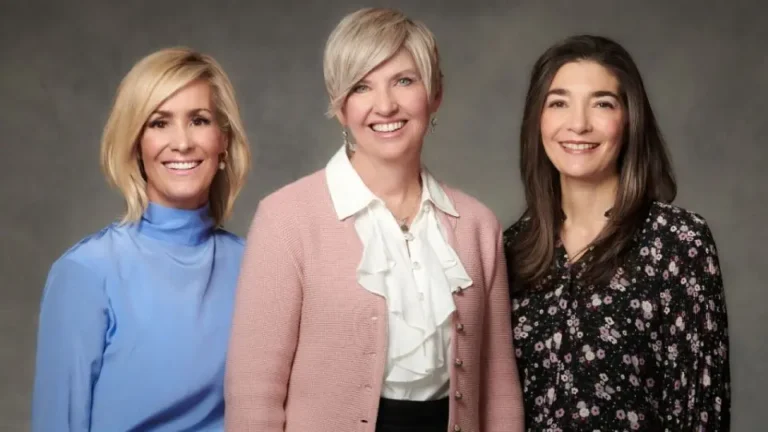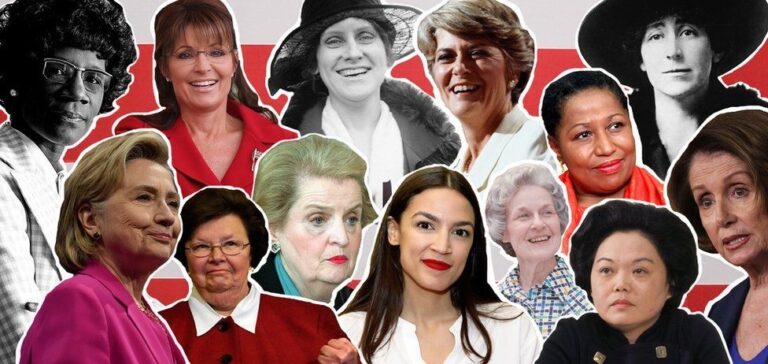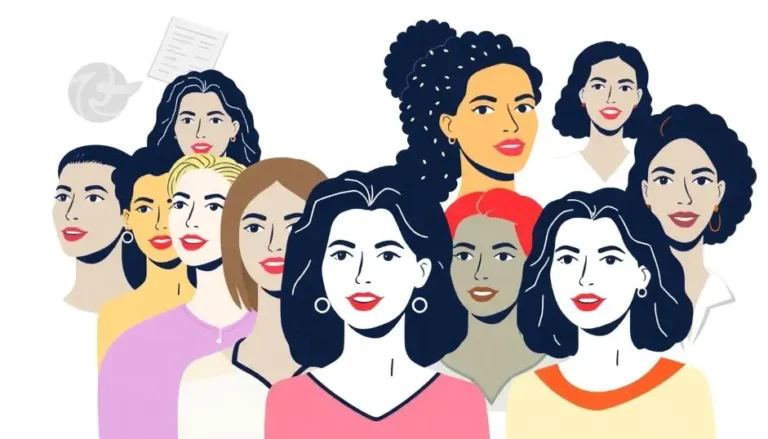Spotlight: Current Women Serving in the Illinois Legislature – Profiles and Impact
Women have made significant strides in the Illinois legislature. In recent years, the number of Democratic women serving has increased notably. The number of Democratic women in Illinois’ state legislature rose by 58% from 2010 to 2021.
Leaders like State Senator Mike Simmons from Chicago are pushing for gender-inclusive laws. These efforts aim to modernize existing laws and protect LGBTQ marriages, reflecting a progressive shift in the state’s legislative priorities.
The Illinois legislature boasts a historic number of women in Congress. Rep. Jan Schakowsky, D-Ill., stands out as the longest-serving female member. This record presence highlights the growing influence of women in shaping state policies and advocating for diverse issues.
Profiles of Current Women Legislators
Women in the Illinois legislature have taken on significant leadership roles, achieved important legislative victories, and contributed to key committee assignments.
Leadership Positions
Several women in the Illinois legislature hold notable leadership roles. Lisa Hernandez serves as the Chair of the Illinois House Democratic Caucus. Ann Gillespie is the Assistant Majority Leader in the Illinois Senate, playing a crucial role in shaping legislative agendas.
Natalie Manley acts as Deputy Majority Leader, contributing to strategic decision-making processes. Women’s leadership helps ensure diverse perspectives in the state’s legislative process.
Legislative Achievements
Illinois’ women legislators have sponsored and passed impactful laws. Senator Celina Villanueva led initiatives on immigrant rights and reproductive health. Representative Camille Lilly sponsored laws focusing on public health, including measures to expand healthcare access and improve maternal care.
Representative Kelly Cassidy worked on criminal justice reform, aiding in the passage of significant police accountability bills. Their legislative achievements often address key issues in healthcare, justice, and women’s rights.
Committee Assignments
Women legislators in Illinois hold important roles on various committees. Senator Julie Morrison chairs the Human Services Committee, overseeing healthcare and social service legislation. Representative Sonya Harper serves on the Agriculture and Conservation Committee, focusing on environmental and agricultural policies.
Representative Stephanie Kifowit is a member of the Veterans’ Affairs Committee, advocating for military veterans. These committee assignments allow women to influence areas critical to Illinois residents’ well-being and future development.
Statistical Overview
Illinois has made significant strides in increasing the representation of women in its legislature. This includes details about party affiliation and geographical areas where women legislators serve.
Party Representation
Women in the Illinois Legislature come from both major political parties. Democratic women hold a significant portion of the seats. This is partly due to the generally progressive stance of the party on gender representation.
Republican women also have representation but to a lesser degree. This reflects the overall political landscape of Illinois, where urban areas tend to be more Democratic, and rural areas more Republican.
Tables and lists of the current representation can offer clear insights:
- Democratic Women: 65%
- Republican Women: 35%
Understanding the party distribution helps in analyzing policy-making dynamics within the state legislature.
Geographical Distribution
The distribution of women legislators spans both urban and rural regions.
Women legislators are predominantly found in urban areas like Chicago and its suburbs, aligning with the higher concentration of Democratic voters. These regions have shown strong support for female candidates in elections.
In rural areas, women also hold legislative seats, although to a lesser degree. Areas such as southern and central Illinois have women representatives, reflecting progress in gender equality across diverse regions.
By examining their geographical spread, it becomes clear how urban and rural areas contribute differently to the political landscape and representation of women in Illinois.
This distribution is critical for addressing the varied needs of constituents across the state.

